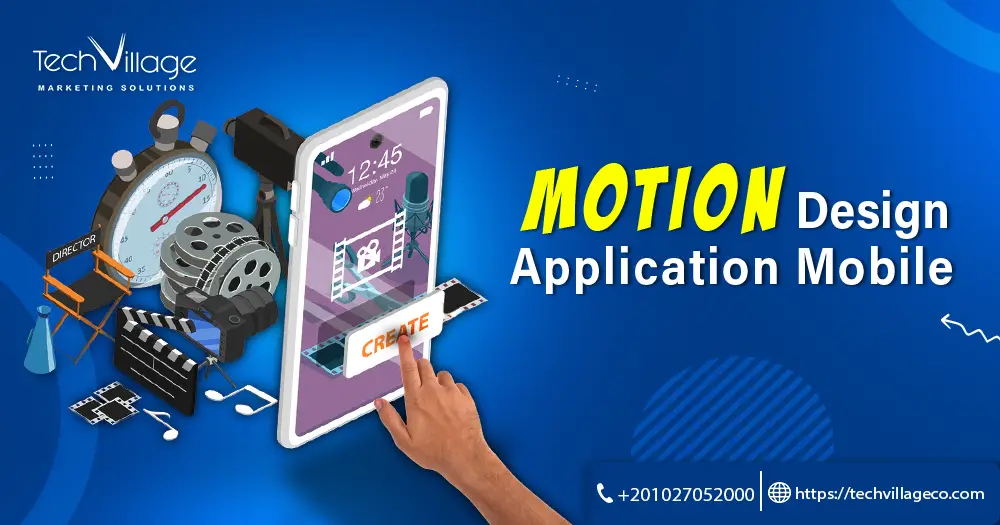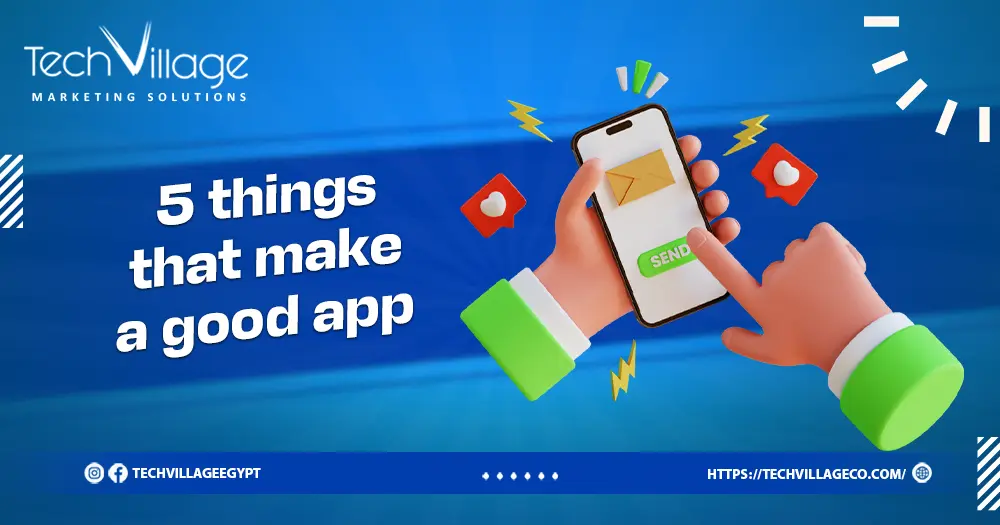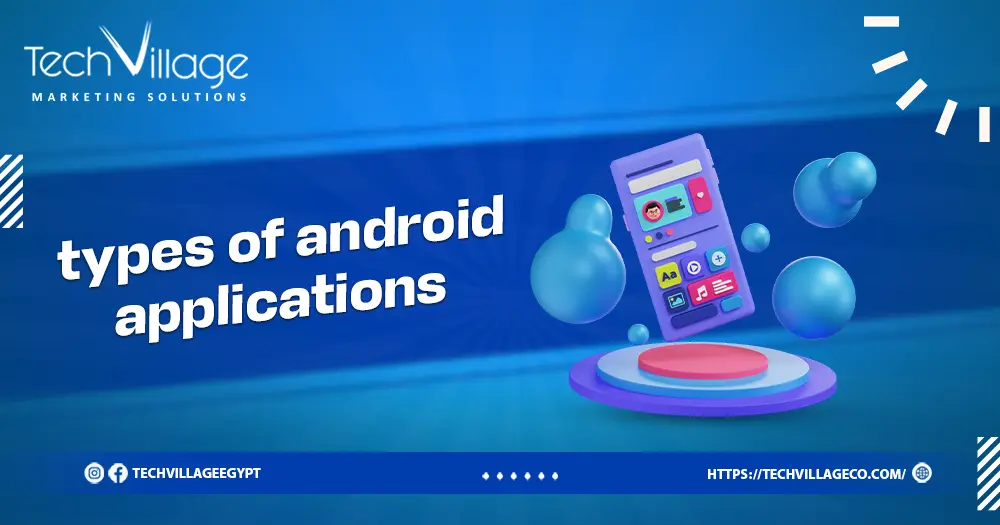A motion design application mobile device opens up a realm of creativity and interactivity, allowing users to bring static visuals to life through dynamic movement and animation. Motion design, a powerful visual storytelling tool, involves the use of animation, effects, and graphics to convey ideas, enhance user engagement, and breathe vitality into the user experience.
In this article, we’ll explore the exciting world of motion design application mobile, showcasing how these innovative tools empower users to craft captivating animations, transitions, and visual effects, elevating their designs to new heights of expression and engagement on the small screen.
Table of Contents
ToggleWhat is motion design
motion design application mobile, also known as motion graphics, is a dynamic art form that involves the use of visual elements, animation, and graphic design to create the illusion of movement. It is an evolving discipline that blends principles of graphic design, animation, filmmaking, and user experience design.
In motion design, static graphics, text, or images are brought to life through movement, timing, and transitions. This movement can be subtle or complex, ranging from simple transitions to intricate animations that convey narratives, emotions, or information.
Key elements of motion design include:
- Animation: Applying principles of movement, such as timing, easing, and acceleration, to bring objects and elements to life.
- Typography: Animating text to enhance its impact and readability, often used for titles, subtitles, or captions.
- Visual Effects: Utilizing effects like blurs, color changes, or distortions to enhance the visual appeal and convey a specific mood or tone.
- Composition: Arranging elements in a visually pleasing and meaningful way to guide the viewer’s attention and convey a clear message.
motion design application mobile finds applications in various areas, including advertising, branding, user interfaces, video games, films, television, web design, social media, and mobile applications. It adds depth and engagement to visuals, making content more captivating and effective in conveying messages.
The significance of motion design in apps
motion design application mobile plays a pivotal role in enhancing the user experience and overall effectiveness of mobile applications. Here are the key aspects highlighting its significance:
1- Visual engagement and appeal:
- Motion attracts attention and engages users by adding dynamism and visual interest to the app interface, making it more captivating and aesthetically pleasing.
2- Intuitive user interaction:
- Animated elements guide users, providing visual cues and directing their attention to important features or actions, improving navigation and usability.
3- Storytelling and branding:
- motion design application mobile allows for storytelling within the app, conveying brand identity, values, and narrative through animated graphics and transitions, creating a memorable user experience.
4- Information hierarchy and clarity:
- Animations help in presenting information in a structured manner, emphasizing essential details and maintaining a clear hierarchy, which aids in efficient communication and understanding.
5- Feedback and affordances:
- Animated feedback on user interactions, such as button presses or form submissions, provides immediate responses, confirming actions and enhancing the sense of control and interactivity.
Read also: Mobile Applications The Essential Key To Simplify Life.
6- Enhanced communication:
- Complex ideas or processes can be simplified and communicated effectively using animations, aiding in educating users about the app’s functionalities and features.
7- User retention and delight:
- Well-executed motion design application mobile adds an element of delight, creating a positive emotional connection with the app and increasing user satisfaction and retention rates.
8- Visual consistency and brand integrity:
- Consistent use of motion design elements aligns with the app’s overall design language and brand guidelines, reinforcing the brand’s identity and delivering a cohesive user experience.
9- Contextual feedback and responsiveness:
- Dynamic animations provide real-time feedback, indicating loading progress or successful actions, making the app feel responsive and reliable.
10- Competitive edge:
- Apps with well-implemented motion design often stand out in the competitive market, attracting more users and setting a higher standard for user experience.
Here’s: Mobile Application And Device Platform.
Exploring animation and motion design application mobile
According to tech village motion design application mobile opens up a world of creativity and user engagement. Here’s an overview of how animation and motion are utilized in mobile app design to enhance the user experience:
1- Onboarding and tutorials:
- Animations guide users through app functionalities during onboarding, making it more intuitive and educational.
2- Microinteractions:
- Small, subtle animations for interactions like button presses or toggles provide instant feedback, enhancing the overall usability and user satisfaction.
3- Navigation and transitions:
- Animated transitions between screens or pages create a seamless flow, making navigation intuitive and improving the perceived speed of the app.
4- Gestural feedback:
- Animation reinforces gestures, such as swiping or pinching, by visually responding to the user’s actions, making the interaction more natural.
5- Loading and progress indicators:
- Animations like spinners, progress bars, or shimmer effects during loading provide visual feedback, indicating to users that the app is working, reducing perceived wait time.
Get to know: How To Upload An Application To Google Play.
6- Visual hierarchy and emphasis:
- motion design application mobile is used to guide users’ attention to important elements or actions, highlighting key features and improving the overall information hierarchy.
7- Data visualization:
- Animations can illustrate data changes or transitions, making it easier for users to comprehend complex information and trends.
8- Enhancing user delight:
- Playful and delightful animations, like easter eggs or interactive elements, create a sense of enjoyment and surprise, leaving a lasting positive impression on users.
9- Contextual feedback:
- Animated feedback during form submissions, error handling, or successful actions keeps users informed about the outcome of their interactions.
10- Responsive design:
- motion design application mobile is used to ensure that the app responds to different screen sizes, orientations, or device states, maintaining a consistent and visually appealing design.
11- Brand representation:
- Animation can reflect the brand’s personality and style, reinforcing brand identity and creating a cohesive experience for users.
Conclusion
In conclusion, motion design application mobile is a powerful tool that revolutionizes the way users interact with and perceive apps. By infusing dynamic animations, transitions, and interactive elements, mobile apps become more engaging, intuitive, and visually appealing. These dynamic features guide users through the app, streamline interactions, and convey information effectively.
FAQ
How do you create a motion design system?
Creating a motion design system involves establishing guidelines and standards for the consistent use of animations and motion across your applications.
What are the benefits of motion design application mobile?
The benefits of motion design in mobile applications are far-reaching, from increased user engagement and retention to simplified information presentation and reduced cognitive load. App developers and designers have a vast canvas of possibilities to tell stories, create delightful experiences, and establish a unique brand presence.

 AR
AR




